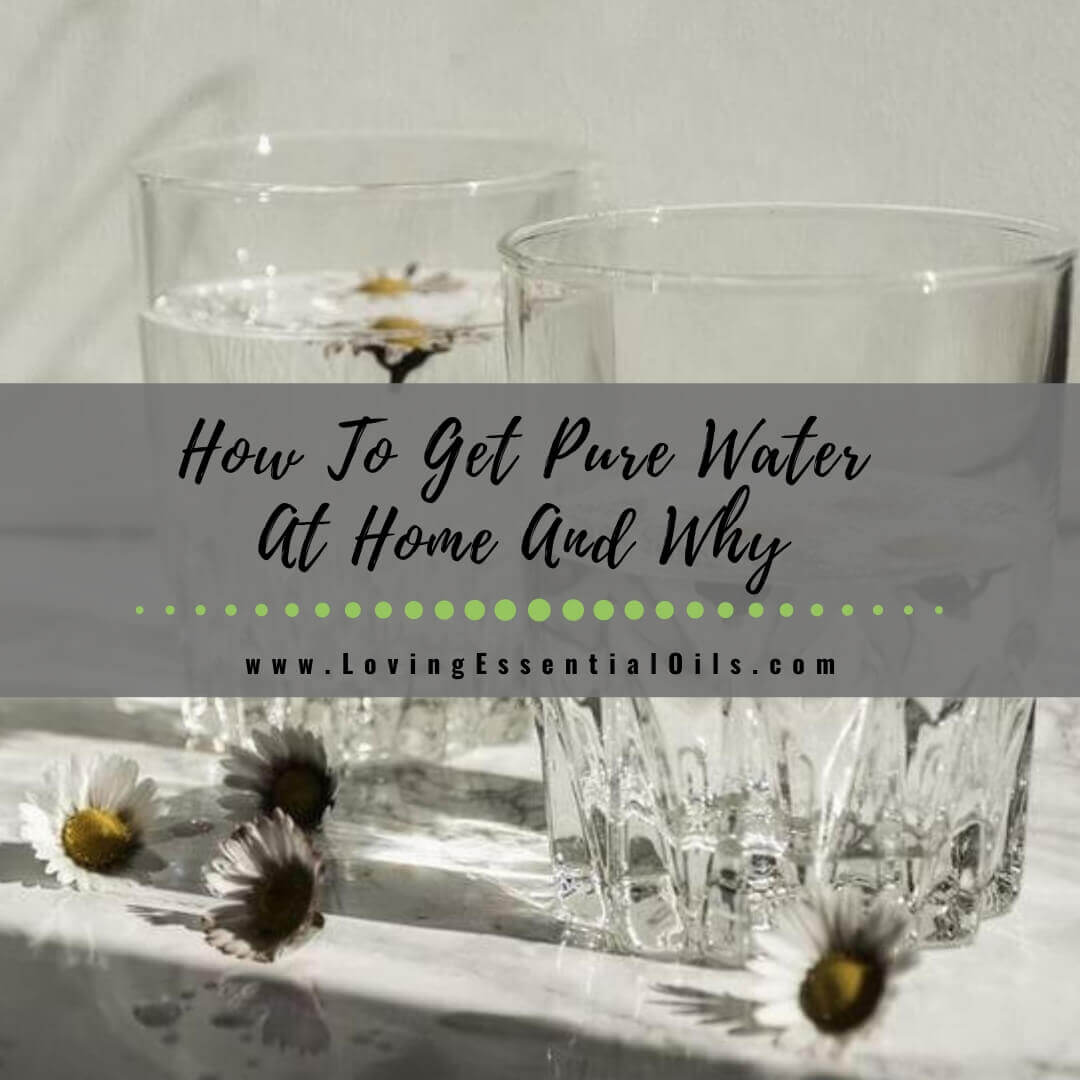Water is essential for life and access to clean, safe drinking water should not be taken for granted. Unfortunately, many areas around the world suffer from a lack of access to quality drinking water or are affected by high levels of contaminants and pollutants in their local water supply. Even in areas with good public water supplies, there are still ways that people can get pure water at home.
How To Get Pure Water At Home And Why It Is Important
Point-of-use filtration system
Point-of-use filtration systems are designed to filter out contaminants and pollutants from tap water. These systems can be installed in the home and range from under sink filters, countertop filters, refrigerator filters, and whole house water filtration systems. Not all systems will remove all kinds of contaminants; thus it is important to research different types of filtration systems and identify the correct one for your needs. If you read water filter buying guides you will know that most filters for home use will reduce chlorine, lead, bacteria, and other organic compounds. The most effective filters, however, also remove sediment and other larger particles. So make sure to check the specifications of the filter before purchasing.
Reverse osmosis system
A reverse osmosis system is a water purification technology that uses a semi-permeable membrane to remove contaminants from water. The membrane filters out dissolved solids and other impurities, leaving behind healthy, pure drinking water. This type of system is often more effective than a filtration system and can be used to purify water from any source.
On the other hand, reverse osmosis systems require more maintenance than other filtration systems, as the membrane must be replaced periodically. When factoring in the cost of purchasing and installing a reverse osmosis system, it is important to consider if this option might be worth the additional expense when compared to other filtration systems. Make sure you have thought about all associated costs before making your decision.
Bottled water
Buying bottled water is an easy and convenient way to get access to clean, safe drinking water. However, it is important to research the brand you are buying and make sure they have high-quality standards for their water. Additionally, bottled water can be expensive and is not always environmentally friendly because of the plastic waste it produces. When buying bottled water, opt for refillable containers to help reduce your environmental impact. You can use a filtered water bottle to store your purified drinking water, and only refill it when needed.
Distillation
Distillation is a process in which impure water is boiled and the steam that rises from boiling water is then collected and condensed back into liquid form. This process removes some contaminants including bacteria and viruses, thus resulting in pure drinking water. It requires an initial investment, however, distillation systems are relatively easy to set up and use. Furthermore, distilled water has a longer shelf life than other forms of purified water.
Rainwater harvesting
Rainwater harvesting is another way to get access to clean drinking water at home. It involves collecting and storing rainwater that falls on your roof or in other catchment areas, such as a nearby lake. This method is relatively easy to set up but it should be done with caution, since rainwater may contain contaminants from dust, debris, bird droppings, or other sources. Proper filtration and treatment are necessary to make sure the water is safe for drinking.
Rainwater harvesting can be a great way to supplement your supply of purified water, especially in areas with low rainfall. It can also help reduce your dependence on municipal supplies and help you save money on your monthly water bill. Additionally, it helps reduce stress on local sources of drinking water by preventing them from becoming over-stressed.
Water chlorination
Water chlorination is a process that involves adding chlorine to water in order to kill bacteria and other microorganisms. Chlorine also helps control the growth of algae and prevents the formation of biofilm, which can cause unpleasant odors and tastes. Chlorination systems are relatively inexpensive but require regular maintenance, as chlorine needs to be added regularly in order to be effective.
Iodine addition
Iodine is another effective method for purifying water, as it can kill bacteria and other microorganisms. It is typically added to water through tablets or drops and should be used in combination with filtration systems like reverse osmosis or distillation to make sure that the water is pure. Iodine tablets are relatively inexpensive but can be hard to find, so it is important to make sure you can source them before investing in this method.
Overall, there are many different ways to get access to clean and safe drinking water at home. Depending on your budget and lifestyle preferences, you can choose the right solution for you. Each option has its own advantages and disadvantages, so it is important to take your time in researching them before making a decision. With the right setup, you can ensure that your home has a steady supply of pure drinking water.







